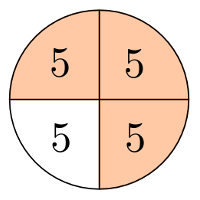Teaching Strategy
MathConcept uses a distinctive combination of mental, verbal, visual, tactile, and written methods to help students grasp fundamental math concepts and regain confidence and self–esteem.
MathConcept also assists students to work in advance at all levels by providing enrichment topics not usually being taught in school.

